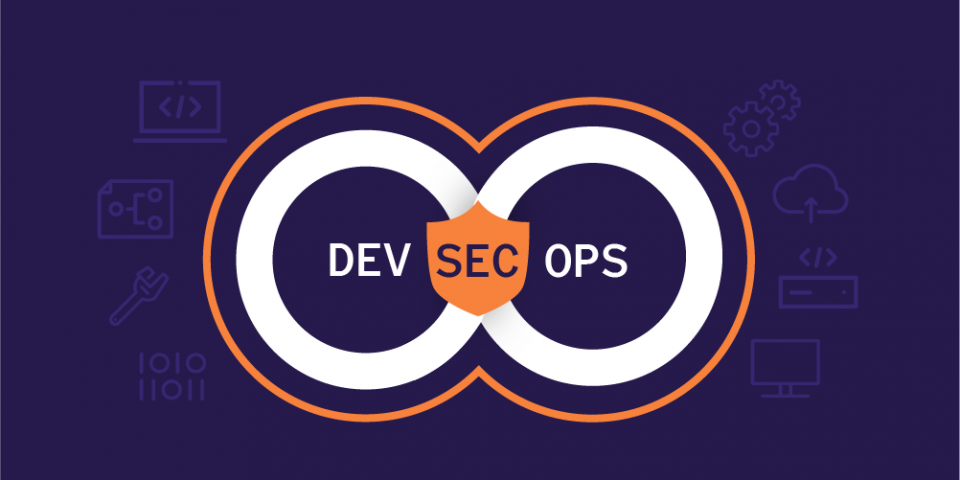The best way for businesses to include security into their DevOps pipelines is to use tools and procedures that bring together the teams responsible for application development, IT operations, QA testing, and security under a single DevSecOps umbrella. Instead of adding security later in the cycle as has traditionally been the case with waterfall development methods, the idea is to integrate security into the software development workflow using safe coding best practices and testing automation.
The three pillars of DevOps are speed, agility, and collaboration. However, security presents special difficulties for DevOps teams. DevOps and DevSecOps teams need to be aware of a variety of potential security risks, from protecting production environments to safeguarding the application development process. To keep you up to date, we’ve compiled a list of security DevSecOps best practices and challenges. They are as follows:-
Secure the development of your application.
Having a safe application development process is the first step in securing your DevOps pipeline. This entails making sure that your code repositories are only accessible to authorised developers and that any code modifications are approved by a qualified reviewer before being merged into the main branch. Having developers you can rely on to complete the task correctly and adhere to cybersecurity best practices is also beneficial.
Defend your working environment.
Your application will eventually be deployed to and utilised by clients in your production environment. In order to make this environment as secure as possible, you can divide your production environment into different tiers, each with a different level of access and security measures. In this manner, the other tiers will continue to be secure even if one is hacked.
Use the least-privileged approach.
When allowing access to your DevOps resources, it is generally advisable to adhere to the principle of least privilege. This entails granting users only the rights necessary for them to carry out their tasks and nothing more. Your biggest cybersecurity threat comes from your staff, which is why it is so crucial to follow this advice. This is frequently due to a lack of information or expertise on their part rather than malicious intent, making your company’s digital security a constant concern.
Utilize techniques for managing secrets.
Any sensitive information that needs to be kept private, such a password or an API key, is considered a secret. The technique of safely preserving and managing secrets is known as secrets management.There are numerous solutions for managing secrets. These technologies offer access control and auditing features as well as the ability to handle secrets centrally.
Put two-factor authentication to use.
An extra layer of security that can be utilised to safeguard access to DevOps resources is two-factor authentication (2FA). With 2FA, a user must present two different forms of identification in order to prove their identity. The first component is something they are aware of, like a password, and the second component is something they possess, like a phone.Even if a user’s password is hacked, implementing 2FA can help to prevent unauthorised access to resources and systems.
Conclusion
DevOps security includes regular security audits, which are crucial. There are many various kinds of security audits, including penetration testing and code reviews, which can help you find holes in your system and make sure your security policies are working properly. It’s crucial to select the appropriate audit type for your requirements. You can speak with a security specialist if you’re unsure


